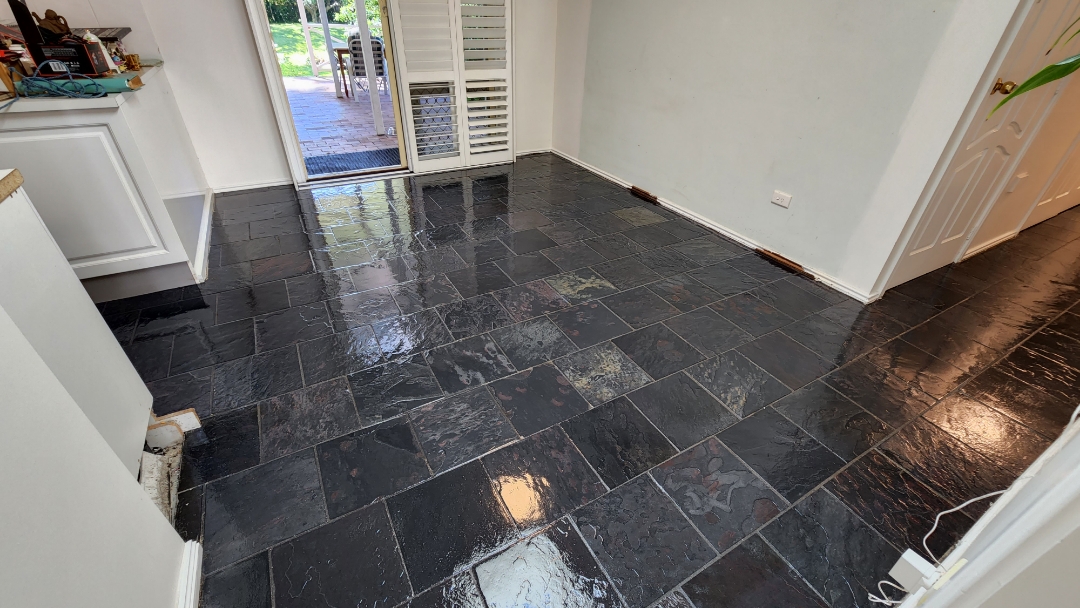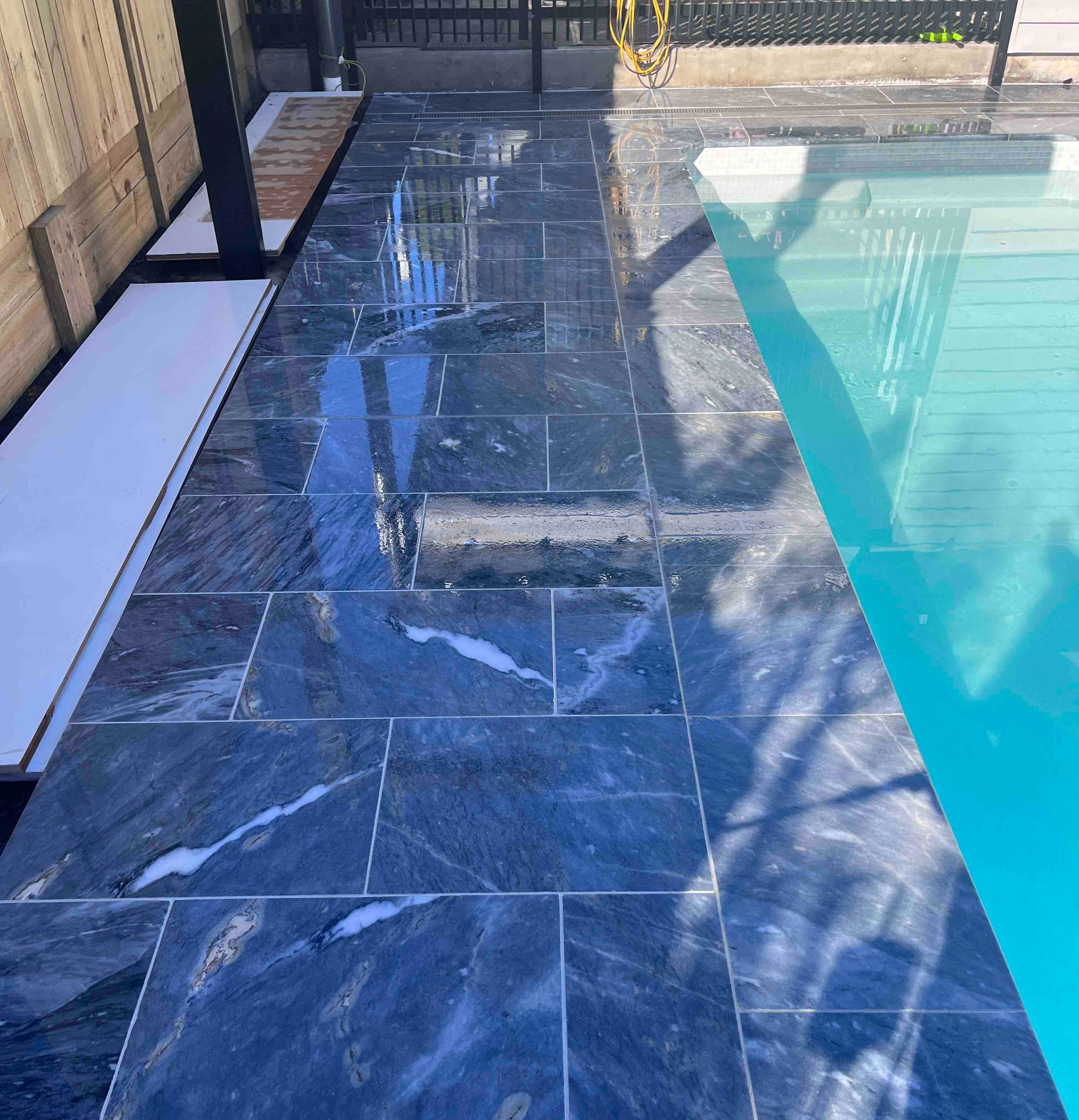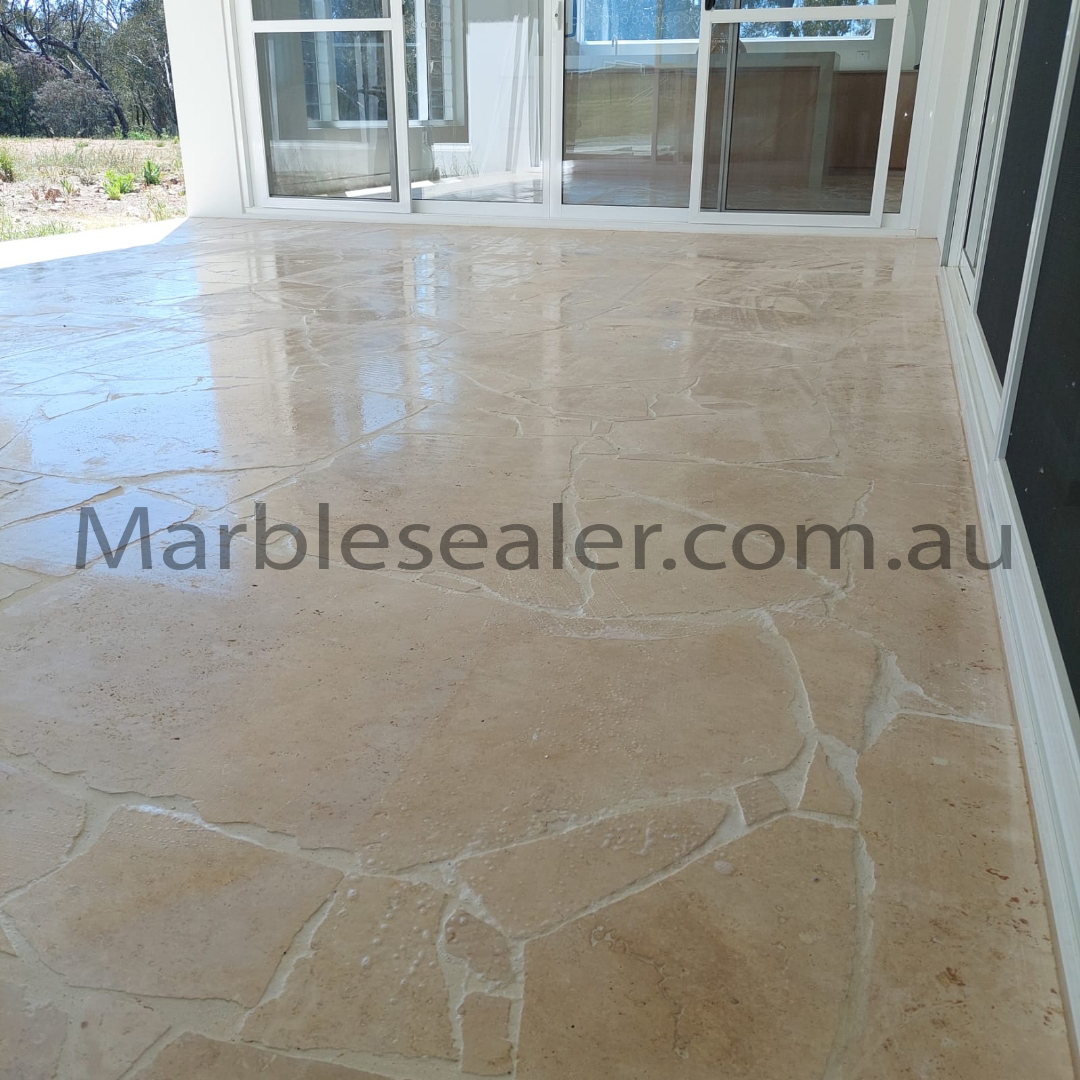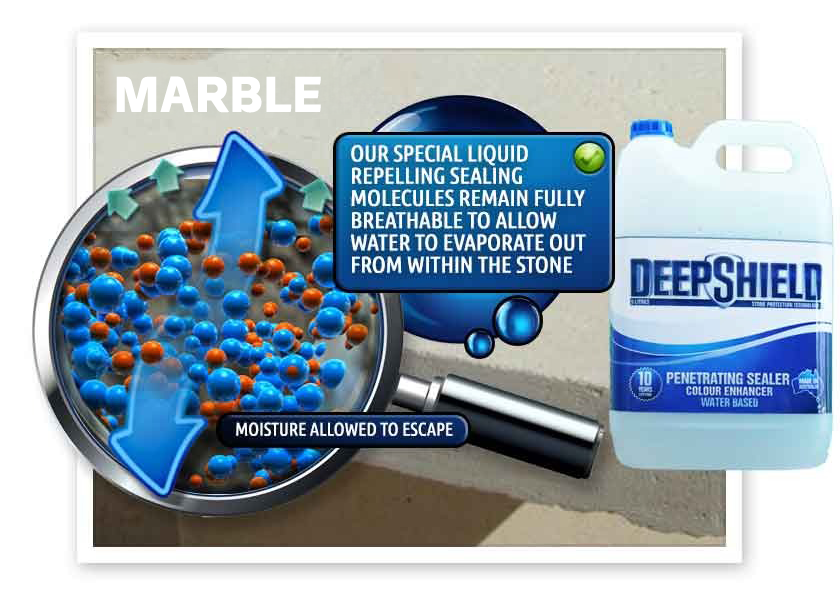Efflorescence manifests as a crystalline salt deposit, presenting as an unattractive white plaque with a powdery texture on porous marble surfaces. It stands as one of the most prevalent salt-related issues for marble.
Water laden with dissolved salts penetrates marble from all directions, permeating through its pores. As it reaches the surface and evaporates, it leaves behind salts, resulting in efflorescence. Initially, fresh efflorescence can be brushed away easily, but with time, these salts undergo chemical reactions with the air and solidify. Eventually, only acid washing or grinding can effectively eliminate hardened efflorescence from marble surfaces.
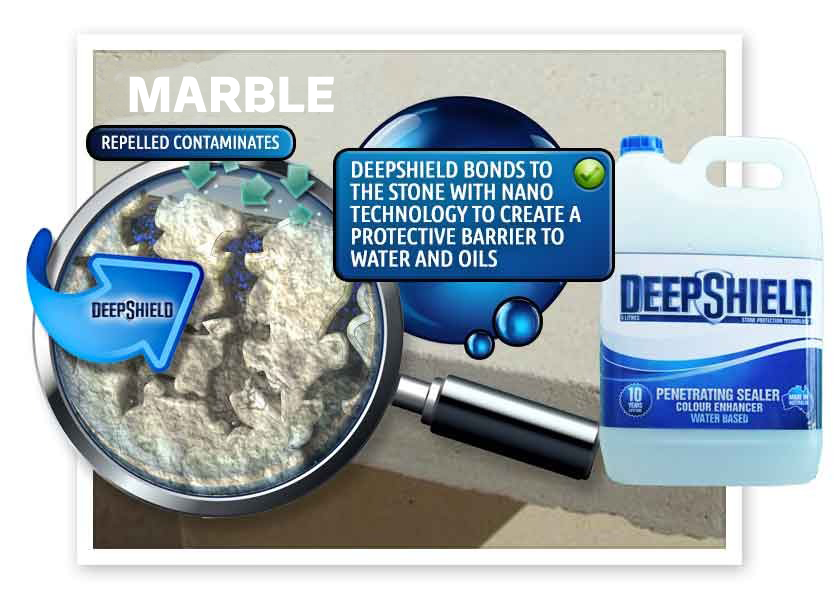
Several factors can contribute to efflorescence on marble surfaces, including:
- Moist conditions
- Condensation
- Rain or dew
- Groundwater
- Low temperatures




